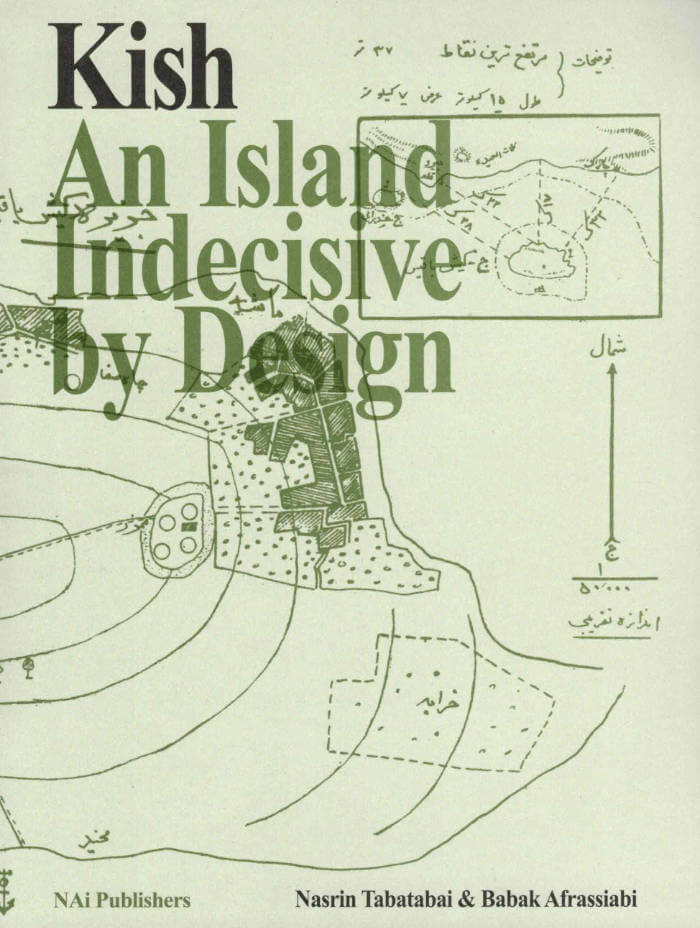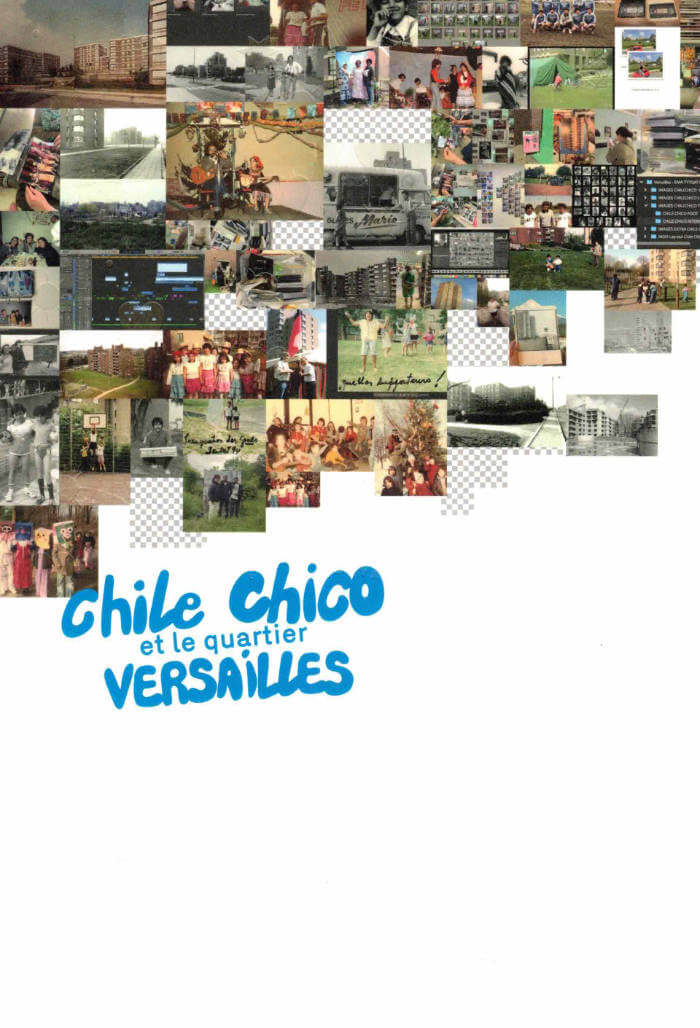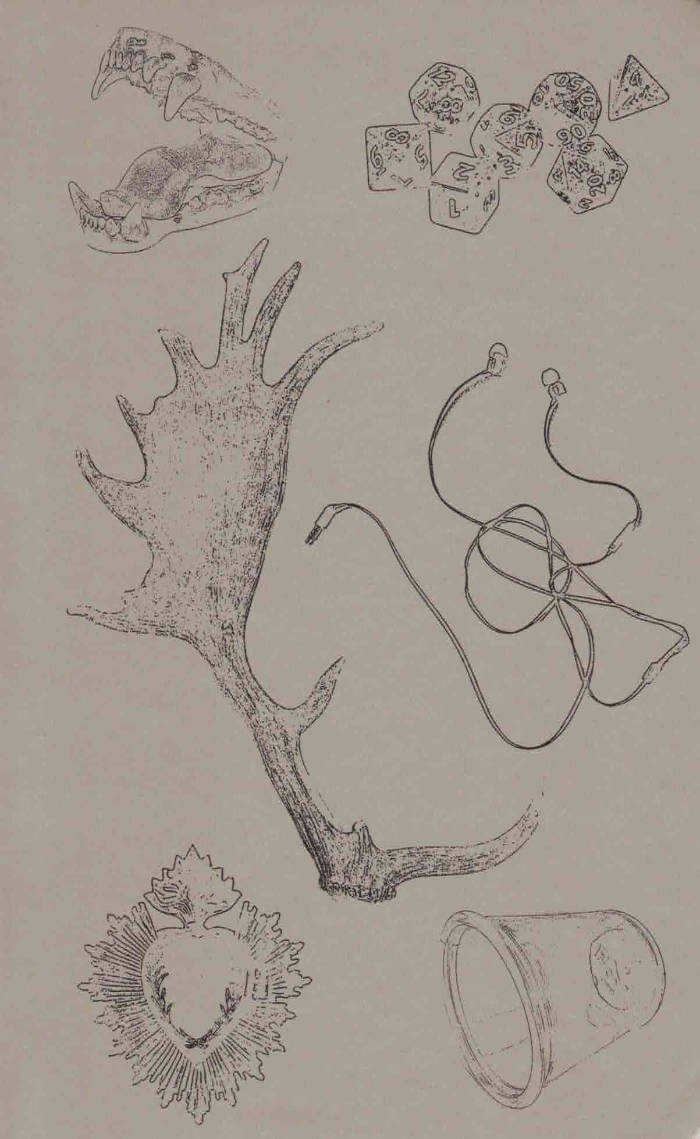
Dangerous Dances
This text finds the intimate affinity between dance and philosophy in the concept of problem and invites the reader to perceive dance and philosophy as a form of ballistics: the art of throwing.
Language: English

This text finds the intimate affinity between dance and philosophy in the concept of problem and invites the reader to perceive dance and philosophy as a form of ballistics: the art of throwing.
Language: English

A philosopher’s path towards embodiment through Tai Chi and psychedelics.
This book proposes different forms of embodiment that are not necessarily leading to production of subjectivity or territorialized identities but rather putting the “self” at risk allowing us to be emancipated from the mandatory illusion of self-realization. This can be facilitated by a daily commitment with a set of body altering practices that disjoint us from the ordinary accustomed experience of reality and provide us access to “other” layers of the real. These practices grant access to the primary control centers of the body that regulate frequencies of energy and consciousness in a deeper way and enable the body to unfold in different dimensional spaces of experience: rendering sensible the multi-layered energetic body.

Babak Afrassiabi, Nasrin Tabatabai
In Kish, An Island Indecisive by Design, artists Nasrin Tabatabai and Babak Afrassiabi explore the modern development of an Iranian island in the Persian Gulf. Removed from mainland Iran, Kish is a place where extremes in politics, ideology and urban design intersect. The island's many years of infrastructural indecision is distinctly evident in its architecture, which lacks any trace of coherence or feel for locale. This volume gives an often moving account of the chaos of middle-eastern modernity.

Adriano Wilfert Jensen, Andrea Zavala Folache
sex and place is a series of workshops and publications exploring score-based and semi-anonymous writing as a tool for articulating shared concerns.
Vol 2 ‘discores’ is written by Kexin Hao, Luca Soudant, HaYoung, Andrea Zavala Folache & Adriano Wilfert Jensen. Five strangers are stuck in changing boots next to each other and decide to embark on an intimate conversation starting from the question: “What is troubling your sexuality at the moment?”.
The ‘sex and place’ series is part Domestic Anarchism, a project devoted to coalition-building beyond biological, chosen, or national conceptions of family. Dance serves as a set of tools and knowledge that can be applied beyond “the spectacle” to collectively study, write, and move.
Andrea Zavala Folache and Adriano Wilfert Jensen are choreographers and they co-parent three-year-old Penélope Cleo. Andrea and Adriano use dance and choreography to think about the distribution of care and solidarity beyond ‘the family’, and in turn consider how such a distribution could inform their dance practice. Inevitably themes like sex, economy, gender, and class get activated. But also notions such as prefiguration, anarchism, clitoridian* thinking, zones of non-domination and coalition building. They see dance as a knowledge that can be applied to different practices. Some of these include: co-habitations, score based writing and dancing, self-organised study groups and publications, workshops and dance performances.

Chile Chico et le quartier Versailles, c'est une exploration qui inventorie, interroge et révèle les mémoires invisibles en listes et en collections. Une mémoire qui ne soffre pas en bloc, qui résiste, se fragmente, se transforme. A travers cette archive collaborative, nous avons voulu capter ces va-et-vient ď'un passé qui dialogue avec le présent, des images qui oscillent entre Vintime et le collectif.
Le point de départ de cette fabrique visuelle, c'est lexil des Chilien.nes, débarqué.es dans les années 70, qui se tissent une nouvelle vie sur le sol de Neder-Over-Heembeek, dans le quartier Versailles à Bruxelles. Ces trajectoires, arrachées à un ailleurs, s'ancrent dans des espaces rêvés comme de transit pour devenir des lieux d 'appartenance, où lexil se mue et les racines finissent par se déployer. A ces récits se greffent d'autres histoires, d'autres trajectoires. Un quartier comme un carrefour, ou les individualités se rencontrent, où les vies se croisent et s'allient.

A poetic script, an apocalyptic newspaper, and a syntax of intersected historical narratives. An investigation of an archive of writings previously published in The Lowell Offering, a periodical issued between 1840-1845 by women factory workers in Lowell, Massachusetts.
Design by Daria Kiseleva

to enter the forest is an invitation to suspend the acquired systems of knowledge, to look for other ways of “world making.” The book includes a revised and extended version of to err together with the unpublished correspondances.
to err gathers walking exercises and notes, created as instruments for choreographic composition, but practicable by anyone, to put one’s perspective about self and what is other to self, as well as the relations between things, even beyond the human, into question.
correspondances is an ensemble of writing exercises through which to investigate the system of consciousness around verbal language, asking ourselves what words mean from a slightly shifted perspective.
The publication is coproduced by a.pass, nadine, Buda Art Centre, Indisciplinarte, Flanders State of the Art.
lucia palladino is a transdisciplinary artist and researcher in the fields of performance, choreography, and dance. Her practices consist in the elaboration of forms of resistance to notions of identity and ownership naturalized by history and by culture, that define our knowledge and expectations and that need to be undone in order to make space for meeting.